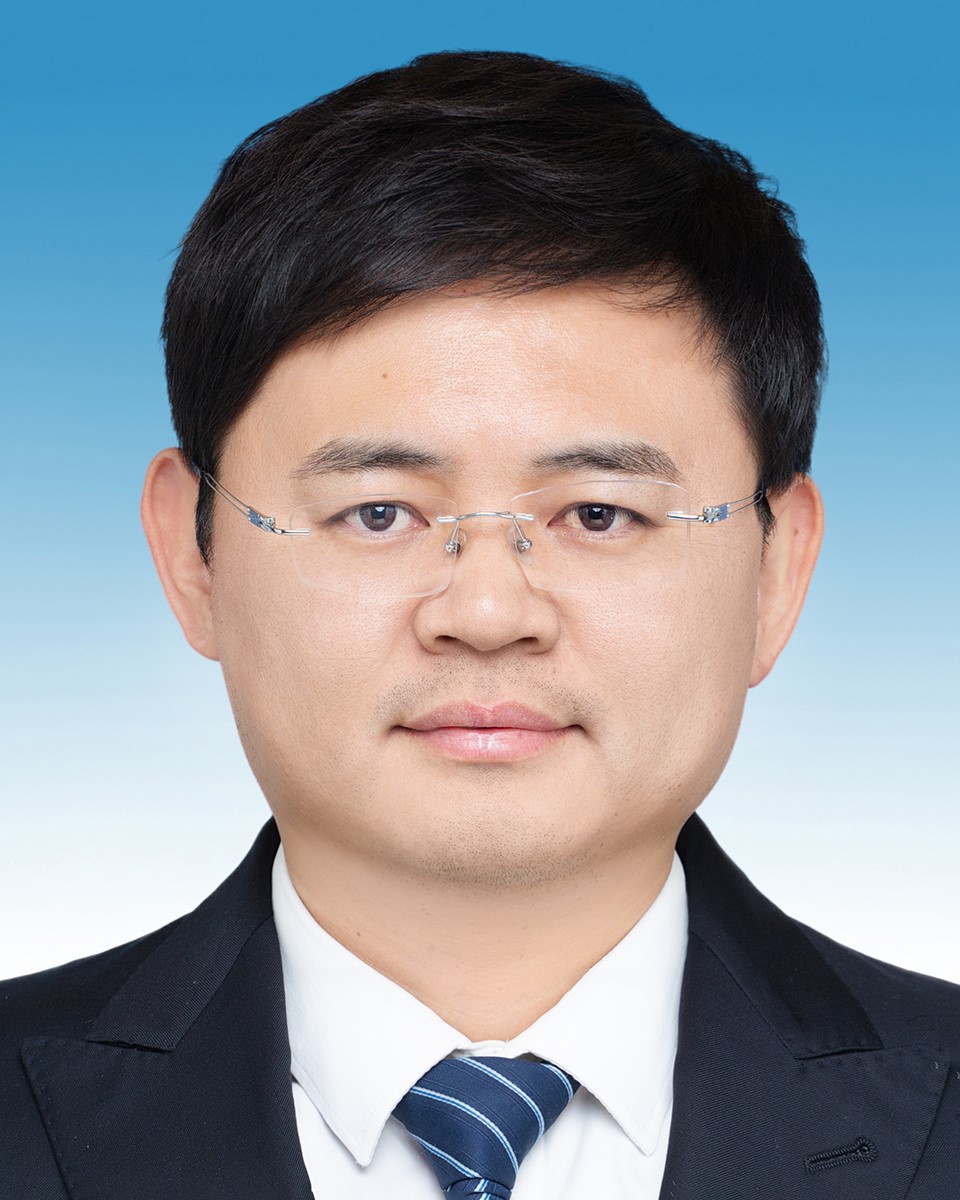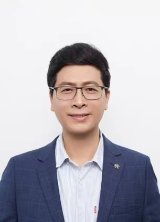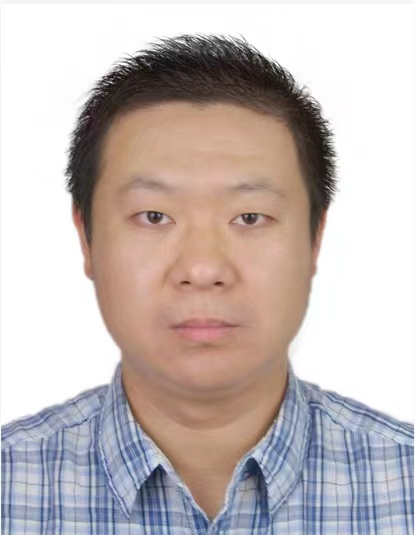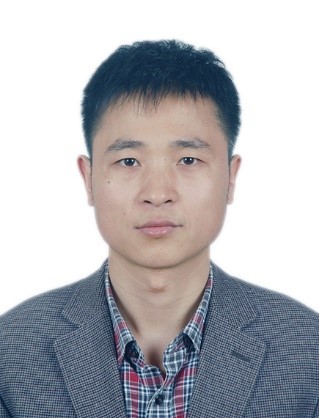
| Prof. Yuming Fang Jiangxi University of Finance and Economics, China Yuming Fang received the B.E. degree from Sichuan University, Chengdu, China, the M.S. degree from the Beijing University of Technology, Beijing, China, and the Ph.D. degree from Nanyang Technological University, Singapore. He is currently a Professor with the School of Computing and Artificial Intelligence, Jiangxi University of Finance and Economics, Nanchang, China. His research interests include multimedia signal processing, computer vision, etc. He serves as an Associate Editor for IEEE Transactions on Multimedia. Title: Visual Quality Assessment for Multimedia Content Abstract: This speech will mainly introduce the main classification and methods of visual quality assessment, and summarize the key technologies and development trend of the multimedia quality assessment for natural distortion. This speech will also introduce some SOTA methods proposed by the speaker’s group for the visual quality assessment of multimedia content. |
| Prof. Xiangjian He University of Nottingham Ningbo China, China Professor Xiangjian (Sean) He is a National Talent, and in list of the 'World Top 2% Scientists' reported by Stanford Universiy and Elsevier in 2022, 2023, 2024etc. He is currently the Deputy Head of Computer Science School, the Lead of Research Groups of the Faculty of Science and Engineering and the Director of Computer Vision and Intelligent Perception Laboratory at the University of Nottingham, Ningbo, China (UNNC). He has been responsible for and hosted a number of Australian national ARC projects, including a major national youth science and technology project (ARC-Discovery for early career researchers), a major national science and technology project (ARC-Discovery), and two major national joint innovation science and technology projects (ARC-Linkage). He also participated in five China Natural Science Foundation projects and two Hong Kong Research Foundation projects as a core member. He was an International Advisor for the Journal of the Hong Kong Institution of Engineers, an associate editor of journals such as HCCIS and SNCS, an editorial board member of several SCI journals, and a guest editor of journals such as IEEE Transactions and Elsevier journals. He is an International Expert of the Australian Research Council. He was the Professor of Computer Science and the Leader of Computer Vision and Pattern Recognition Laboratory at the Global Big Data Technologies Centre (GBDTC) at the University of Technology Sydney (UTS) from 2011-2022. He led the UTS and Hong Kong Polytechnic University (PolyU) joint research project teams winning the 1st Runner-Up prize for the 2017 VIP Cup, and the champion for the 2019 VIP Cup, awarded by IEEE Signal Processing Society. He has been carrying out research mainly in the areas of computer vision, data analytics and machine learning in the previous years. He has recently been leading his research teams for deep-learning-based research for various applications. He has published many papers including ESI highly cited papers in high-end journals of Journal of the Association for Information Science and Technology, ACM Computing Surveys, IEEE Transactions (such as TPAMI, TII, TDSC, TNSE, TMC, TPDS, TMM, TC, TCSVT, TITS, TCC, TR, TCE, etc.) and Elsevier (such as PR, SP, AC, IS, FGCS, Neurocomputing, CN, CSS, NCP, etc.), as well as in top conferences such as AAAI, ACL, IJCAI, CVPR, ECCV, ACM MM, WACV, etc. He has played various chair roles in many international conferences such as ACM MM, MMM, ICDAR, IEEE BigDataSE, IEEE BigDataService, IEEE TrustCom, IEEE CIT, IEEE AVSS, IEEE ICPR and IEEE ICARCV. Title: Universal Medical Image Segmentation Abstract: The Segment Anything Model (SAM) has demonstrated outstanding adaptation to medical image segmentation but still faces three major challenges. Firstly, the huge computational costs of SAM limit its real-world applicability. Secondly, SAM depends on manual annotations (e.g., points, boxes) as prompts, which are laborious and impractical in clinical scenarios. Thirdly, SAM handles all segmentation targets equally, which is suboptimal for diverse medical modalities with inherent heterogeneity. To address these issues, we propose a universal medical image segmentation. Extensive experiments indicate that our approach outperforms state-of-the-arts in diverse medical imaging segmentation takes, displaying superior zero-shot learning and modality transfer ability. Especially, our framework uses only 31.4% parameters compared to SAM-Base. |
| Prof. Lu Leng Nanchang Hangkong University, China LU LENG received his Ph.D degree from Southwest Jiaotong University, Chengdu, P. R. China, in 2012. He performed his postdoctoral research at Yonsei University, Seoul, South Korea, and Nanjing University of Aeronautics and Astronautics, Nanjing, P. R. China. He was a visiting scholar at West Virginia University, USA, and Yonsei University, South Korea. Currently, he is a full professor, the dean of Institute of Computer Vision, and the office director of Jiangxi Provincial Key Laboratory of Image Processing and Pattern Recognition at Nanchang Hangkong University. Prof. Leng has published more than 100 international journal and conference papers, including about 80 SCI papers and three highly cited papers. He has been granted several scholarships and funding projects, including six projects supported by National Natural Science Foundation of China (NSFC). He serves as a reviewer of more than 100 international journals and conferences. His research interests include computer vision, biometric template protection, biometric recognition, medical image processing, data hiding, etc. Prof. Leng was awarded Jiangxi Youth May-4th Medal, and is an outstanding representative of "Innovation Talent" of Jiangxi Enterprise in "Science and Technology China", "Jiangxi Hundred-Thousand-Ten-thousand Talent Project", "Jiangxi Voyage Project", etc. Title:Enhancement Strategies of Discrimination and Security for Biometric Features Abstract:Biometric recognition is convenient and reliable for identification and verification. Unfortunately, biometric features are immutable and cannot be updated / reusable, so they are insecure if directly used without protection. Secure biometric with template protection should meet four criteria, namely diversity, reusability, non-invertibility, accuracy; however, it is highly challenging to meet all the criteria simultaneously. This keynote speech will introduce the enhancement strategies of discrimination and security for biometric features. |
| Prof. Tao Lei Shaanxi University of Science & Technology, China Lei Tao is a professor and doctoral supervisor at Shaanxi University of Science and Technology. He is alos the vice dean of the School of Electronic Information and Artificial Intelligence, and Senior Member of IEEE/CCF/CSIG. He is selected from the Shaanxi Provincial High level Talent Program, Shaanxi Provincial Outstanding Youth, Stanford Top 2% Global Scientists List, etc. He is a deputy editor, editorial board member, guest editor, etc. for 7 journals, and serves as conference chairman, technical committee chairman, publicity chairman, reward committee chairman, branch chairman, etc. in more than 20 international conferences. His main research areas are computer vision, machine learning, etc. At present, He has published 4 collections of specialized/authored and conference papers, and have published over 100 papers in international journals and conferences such as IEEE TIP, IEEE TMI, IEEE TFS, IEEE TGRS, and IJCAI. Among them, 6 papers are ESI highly cited papers. His Google Academic Citation has exceeded 4400. He hosted many projects such as the National Natural Science Foundation of China (5 projects), Shaanxi Provincial Outstanding Youth Fund, and Shaanxi Provincial Key Research and Development Program. He won the second prize of Shaanxi Province Science and Technology Award and the first prize of Gansu Province Higher Education Research Excellent Achievement Award as the first complete person. Title:Remote Sensing Image Change Detection Using Lightweight Deep Network Models Abstract:Remote sensing image change detection utilizes multi temporal remote sensing data to extract change information from images, and then quantitatively analyzes and monitors the characteristics and processes of surface changes. Remote sensing image change detection can be widely applied in fields such as land use, urban planning, disaster assessment, and crop growth monitoring. Currently, remote sensing image change detection faces problems such as limited annotated data, a large mountain of model parameters, and low detection accuracy in complex scenes. To address these issues, we propose high-precision and lightweight change detection network models for change detection under complex scenes. The proposed network models not only achieve higher change detection accuracy than mainstream methods, but also has fewer parameters and computational complexity. |



